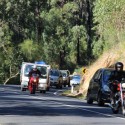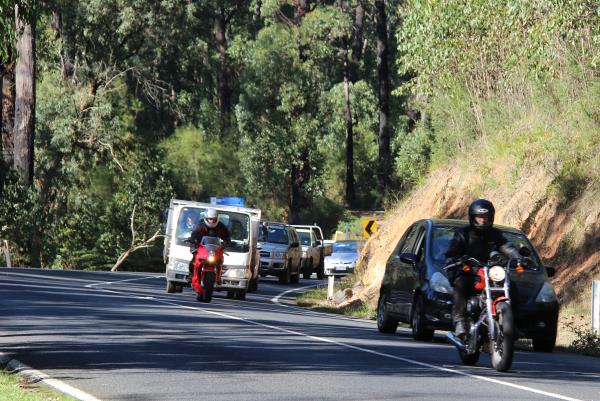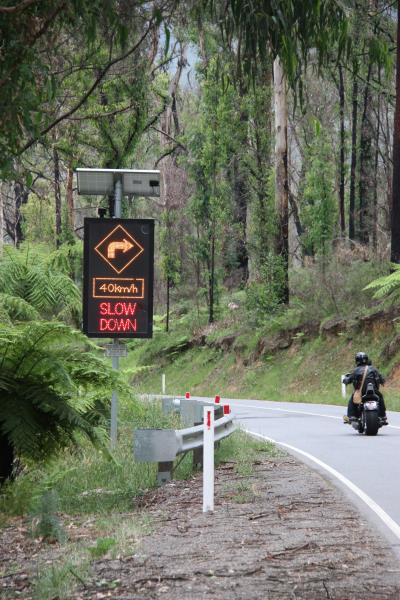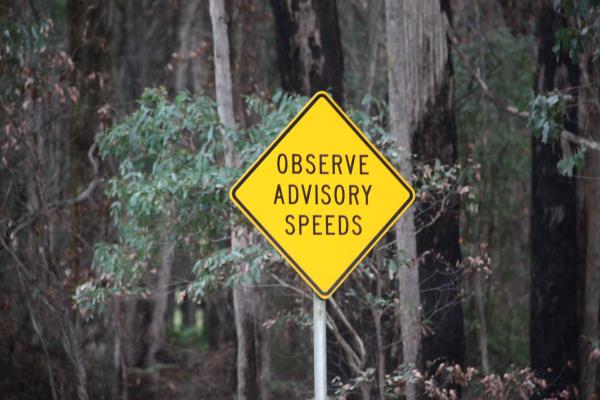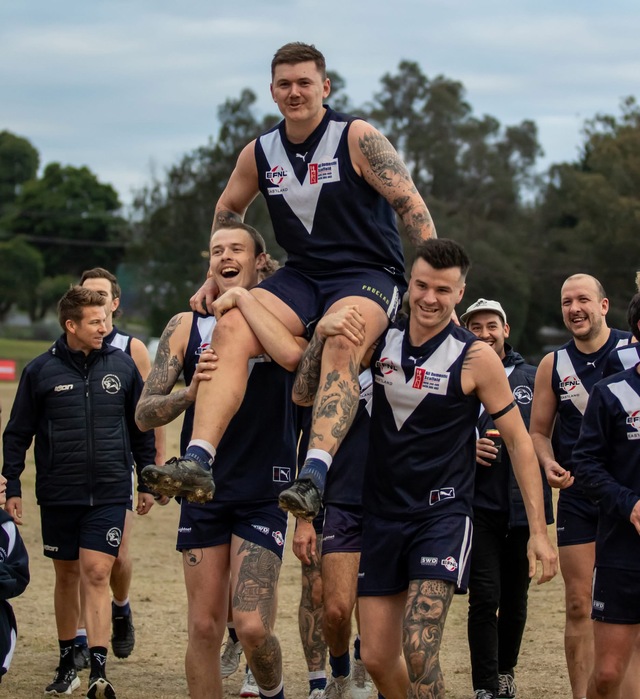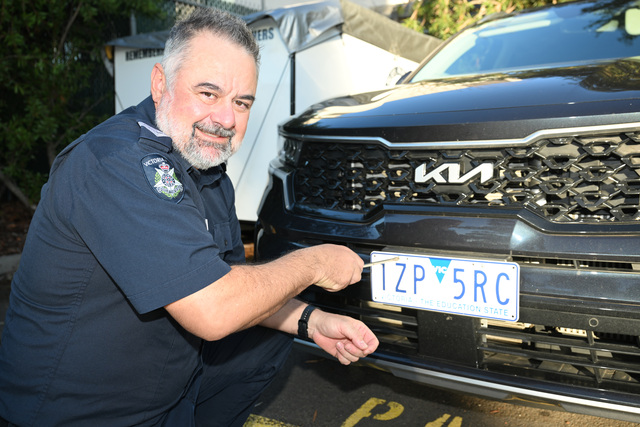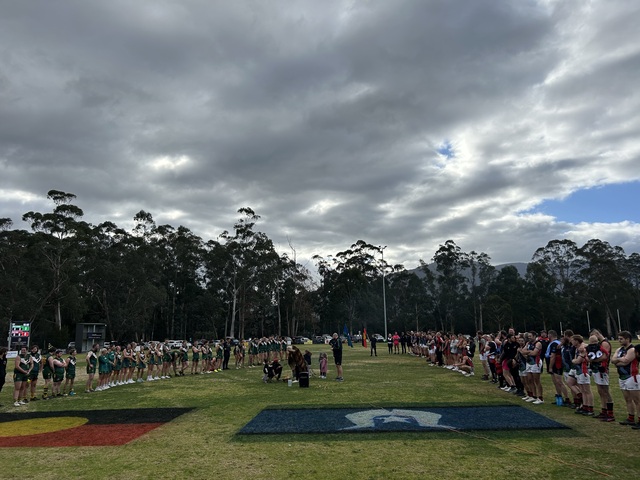By KATH GANNAWAY
THE Black Spur and Reefton Spur circuit from Healesville through to Warburton offers some of the best motorbike riding in the state.
Likewise, the state forest areas around Yarra Ranges offers excellent off-road riding for beginners through to seasoned riders.
Neither is without its dangers, and that’s especially the case in winter.
According to the Transport Accident Commission (TAC) on-road riding is the most popular type of motorcycling, with the majority of riders spending at least some of their riding time for recreational purposes.
Over 80 per cent of riders claim to ride for recreation on a Saturday or Sunday.
Police from stations around the Yarra Valley, and members of the Yarra Ranges Highway Patrol, know the pitfalls, and the tricks riders get up to as they push the boundaries in pursuit of the ultimate off-road riding experience.
Then there are those who are riding to their ability, but get caught out through inexperience.
Whatever category you’re in, there is a good chance of being pulled over by police at some time over the Queen’s Birthday Weekend.
Local police will be part of a state-wide operation on the holiday weekend aimed at making sure bike riders are riding safe both on the road and in the bush.
Sergeant Kevin Largue from Yarra Junction police said winter can bring increased risks for bike riders.
“There’s no doubt winter can present extra problems in terms of slippery road conditions and heavy rain can result in foreign matter washing onto the road,” he said.
“Rounding a blind bend and coming across mud and debris on the road can put a rider in a dangerous situation.
“It’s the same scenario with the increased risk of trees impacting on the road.”
Apart from the obvious ‘tips’ such as keeping to the speed limit on the road, and within whatever blood-alcohol limits you are on, making sure your bike is roadworthy, obeying the road rules, riding a registered bike, and carrying a valid licence … Sgt Largue said there are some important things riders can do, again, whether on the road, or in the bush, to keep safe and increase their chances of a good outcome if they do get into trouble.
Avoid riding solo is a big one.
“You can’t always rely on mobile phone communications up through the mountains, and if you do go over the edge and are unable to get yourself back up to where someone can see you, there’s the potential for you to be waiting a long time for assistance if you’re not riding with a friend,” Sgt Largue said.
“Always let someone know where you’re going and what your time schedule is, particularly if you are on your own.”
The TAC also has some advice for wet weather riding which will make it more comfortable, and less risky.
Check out the checklist:
* Wear proper rain gear. It needs to be able to breath but still not allow water to creep in and make sure your helmet covers your face.
* Make sure your tyres are in good condition and correct for riding in the rain. Don’t go out riding in the rain with slick tyres.
* Watch the road. Changes in the road surface can cause problems for riders at any time. Look out for line markings, metal plates, potholes and tram tracks. They can be more slippery when wet.
* Watch out for puddles. Yes, it can be fun riding through one, but since the water hides the surface you just don’t know what you are riding into.
* When riding and you see a coloured rainbow on a wet road, the chances are it is oil. (Take more care if it’s the first rain of the season).
* When you need to brake, apply more rear brake than normal and brake gently.
* Be visible. Rain makes it difficult for others to see you. If you have high visibility clothing, now is the time to put it on.

